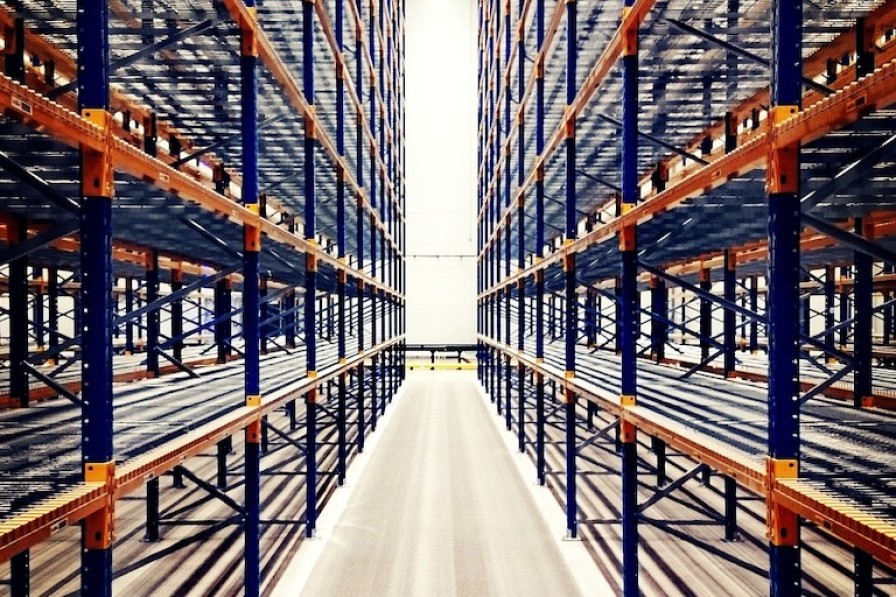Cloud Container storage changes: More space for more application data
Cloud Container servers are all about to get 5-15GB more storage. We’re making space for application data that, until now, has ended up in the wrong place.

A change is coming to Cloud Container storage. There are two main things that you need to be aware of:
You’ll see an increase in the amount of storage that comes with your server.
You’ll also see a bump in the amount of storage that you are using.
In most cases the limit increase will be more than enough to hold the files and data that, until now, haven’t counted against your server’s capacity. A few customers will need additional storage (which costs $2.50/mo per 5GB) to handle the load.
Returning root storage to its roots
Every Cloud Container server writes data to two different discs, root and data. The data disc is where your application data belongs. When you see the storage capacity of a Cloud Container server—for example if you spin up a new 4-core server it will come with 55GB of storage—it’s the data disc that we’re talking about.
The root disc holds the host operating system and our internal tooling. Things that shouldn’t count against your storage limit. Things that are our responsibility. At least, that’s always been the theory.
This isolation helps us ensure the stability of our Cloud Container servers. It enables us to perform upgrades, maintenance, backups and other crucial operations whenever required.
But in reality root discs are being used to hold an increasingly large amount of data that relates to applications. This notably includes the server's Docker images. These can add up when you start using a wider range of images, especially if your containers are on different versions.
Another common issue is that some CMSs write data heavily to the container’s root filesystem. Silverstripe caches, for example, write to the /tmp directory. Websites that use Image Magick to optimise their images also write to root.
Since the root disc is intended to hold the OS and internal tooling, it doesn't scale well with customer usage like this. So we’re going to copy this data to the place where it belongs—the data disc—and leave root to only do the job that it’s meant to.
Cloud Container plans will expand by 5-15GB
To give this data a new home, the amount of storage that comes with Cloud Container servers will increase has increased by 5-15GB, depending on the plan size. These increases apply to standard and High Performance Cloud Containers. Plan prices are not changing.
Existing Cloud Container servers will be are being upgraded, and all new Cloud Container servers will be provisioned with the newer, larger limits.
| Cores | Extra Storage | Total Storage |
|---|---|---|
| 1 | +5GB | 10GB |
| 2 | +10GB | 30GB |
| 4 | +15GB | 55GB |
| 6 | +15GB | 75GB |
| 8 | +15GB | 95GB |
| 10 | +15GB | 115GB |
| 12 | +15GB | 135GB |
Upgrades of existing servers will be scheduled for the coming weeks. This process will involve a small amount of downtime (sorry), so you'll hear from us via email when a time is scheduled for your server. Also keep an eye on sitehost-status.net for any scheduled or ongoing maintenance.
Making sure there’s enough space for everything
After your data disc has been expanded, we’ll copy relevant data to it from root. If the default disc expansion isn’t enough, we’ll add more in 5GB increments, which cost $2.50/mo. This will only be necessary for a minority of servers.
Spotting the difference—Metrics limitations
If you make use of our fancy Metric Dashboards or are a regular to df, there's something else to keep in mind: not all of this disk usage will be easy to spot and numbers may not line up perfectly all the time. We will work on improving this, but for now there are some limitations or quirks to be aware of.
Most importantly, we will show you all the space used on data. But not all the usage can be assigned to a specific container (Docker images are shared, for example). As a result your individual container usage may not add up to your total usage.
Without getting into too many nerdy details, other considerations include calculations for reserved space, metadata, inode tables, and other fun things.
In the future we would like to increase visibility of some of these things. For now you will see accurate totals, even if they include some usage that you can't account for. Trust us, it's being used!
In the meantime keep a look out for an incoming maintenance message about your Cloud Container servers. If there’s anything more that you want to know about these changes, we’re always keen to hear from you.
Updated, 11 June 2025: The new, larger storage allocations now apply to all new Cloud Container servers. Upgrades to existing servers are underway.
Image by Alexander Beji from Pixabay
